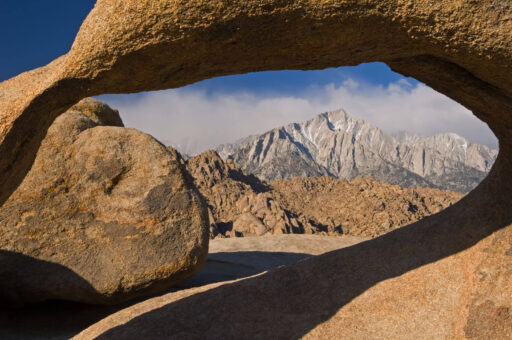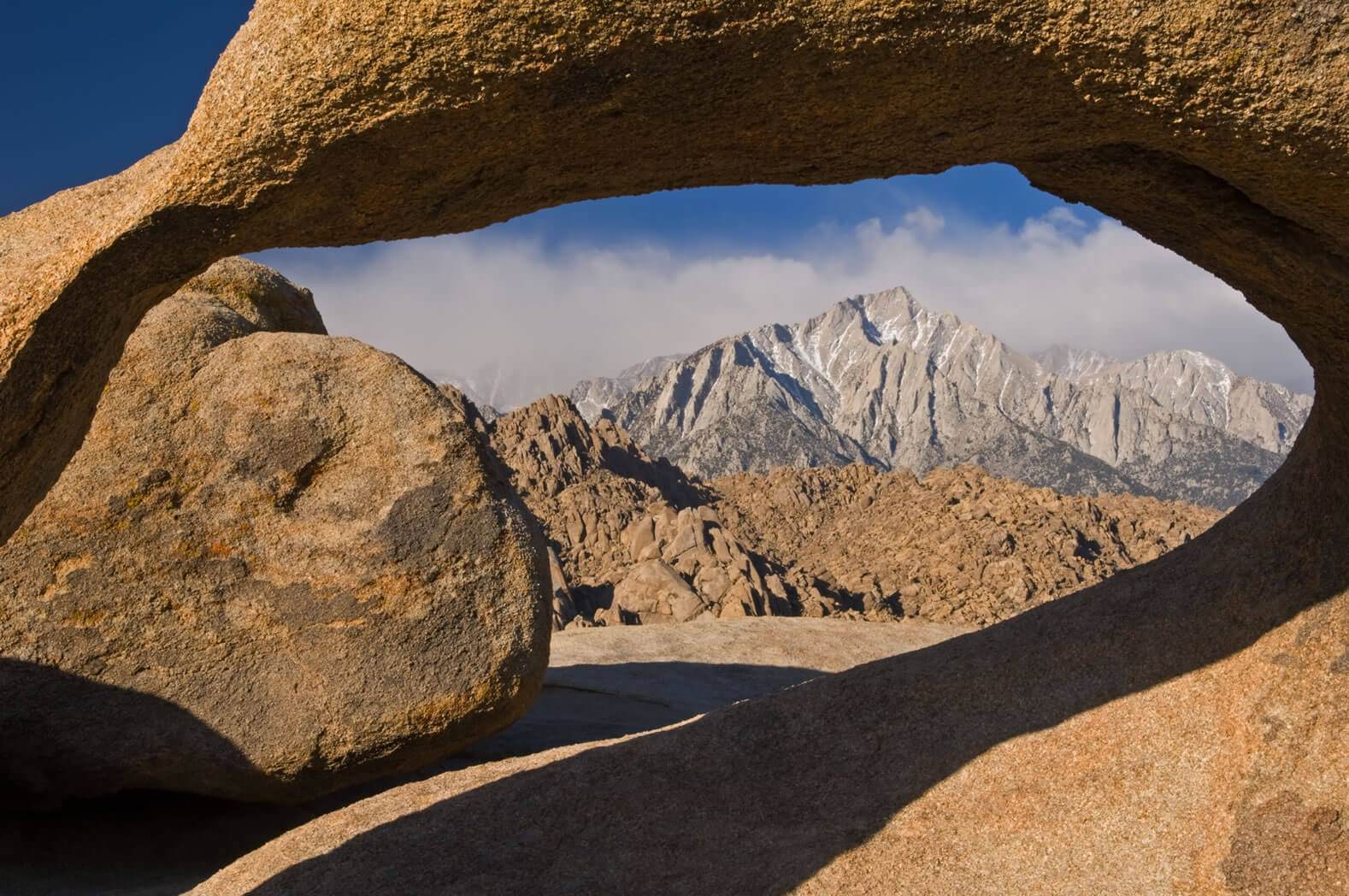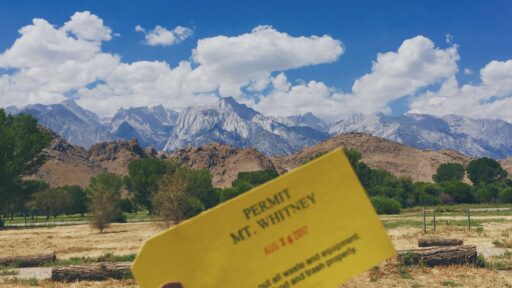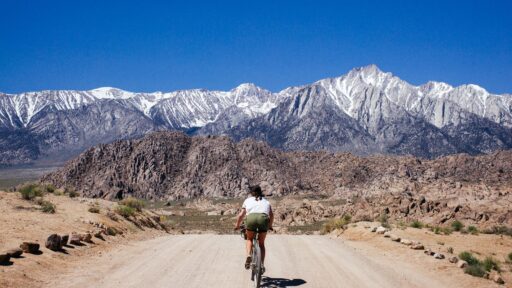Exploring the Alabama Hills: A Guide to History, Nature, and Responsible Recreation
Introduction
Nestled against the towering Sierra Nevada, the Alabama Hills in Lone Pine, California, offer a striking blend of rugged beauty and rich history. Known for their unique rock formations, desert flora, and cinematic past, these hills have drawn adventurers, photographers, and film crews for generations.
But the Alabama Hills are more than just a picturesque backdrop—they are a living testament to the geological forces that shaped them, the indigenous peoples who hold deep connections to the land, and the delicate ecosystems that call this area home. This guide invites you to experience the Alabama Hills through a lens of discovery and responsibility.
Formation & Geology
The Alabama Hills were formed over millions of years through a fascinating interplay of geological processes. The hills’ rounded granite boulders and jagged metamorphic rock formations are a result of erosion, uplift, and weathering.
The Sierra Nevada uplift, which began around 10 million years ago, played a critical role in shaping this dramatic landscape. The stark contrast between the Alabama Hills’ softer, weathered granite and the towering peaks of the Sierra is a geologic marvel. These hills stand as a testament to nature’s power to create breathtaking beauty over millennia.
Indigenous and Settler History
For thousands of years, the Paiute-Shoshone people have called this region home. They have a deep connection to the Alabama Hills, which are intertwined with their culture, traditions, and survival. Their stories and wisdom remind us to respect the land and its original stewards.
The arrival of settlers during the westward expansion brought significant change to the area. The Alabama Hills’ name comes from Confederate sympathizers who named the region after the CSS Alabama during the Civil War. This history underscores the complex narratives tied to the land and its evolution.
Flora & Fauna
The Alabama Hills’ desert ecosystem is home to a surprising diversity of life. Sagebrush dominates the landscape, along with native grasses and wildflowers that bloom seasonally, adding vibrant colors to the rugged terrain.
Wildlife in the area includes desert-adapted species such as lizards, jackrabbits, and raptors. Coyotes and bobcats occasionally roam the hills. Visitors may also spot the Sierra Nevada bighorn sheep, an endangered species emblematic of the area’s ecological significance. Protecting these habitats is vital to maintaining the Alabama Hills’ biodiversity.
Responsible Recreation – “Don’t Crush the Brush”
As visitation to the Alabama Hills increases, so does the need for responsible recreation. The phrase “Don’t Crush the Brush” reminds visitors to stay on designated paths and avoid trampling fragile vegetation.
Key tips for responsible recreation include:
• Stick to trails: Protect sensitive ecosystems by avoiding off-trail exploration.
• Leave no trace: Pack out all trash, including biodegradable items.
• Respect wildlife: Observe animals from a distance and never feed them.
• Camp responsibly: Use established sites and avoid disturbing the natural landscape.
By practicing these principles, visitors can enjoy the Alabama Hills while preserving its beauty for future generations.
Land Management – “The Alabama Hills Scenic Area”
In 2021, the Alabama Hills were designated as a National Scenic Area, a recognition that underscores their cultural, ecological, and recreational importance. Managed by the Bureau of Land Management (BLM), the area benefits from conservation efforts aimed at balancing public access with environmental protection.
Visitors can support these efforts by following guidelines, participating in cleanup events, and advocating for policies that protect the area. Partnerships with local advocacy groups like Friends of the Inyo play a crucial role in maintaining the Alabama Hills’ integrity.
Hollywood in the Hills – The Film Industry’s Love Affair
The Alabama Hills have been a favorite filming location for Hollywood since the 1920s. Their dramatic scenery has appeared in iconic Westerns, action films, and TV series, including High Sierra, Django Unchained, and Iron Man.
The Lone Pine Film Museum celebrates this legacy, showcasing memorabilia and sharing stories of how the hills have shaped cinema. The industry has brought economic benefits to the region while also introducing the Alabama Hills to global audiences.
Conclusion
The Alabama Hills are more than a destination—they are a living tapestry of history, geology, and natural wonder. By understanding their significance and recreating responsibly, visitors can play a part in preserving this remarkable landscape.
Whether you’re drawn by the awe-inspiring scenery, the stories etched into its rocks, or the thrill of adventure, the Alabama Hills invite you to explore, respect, and cherish their beauty for years to come.






